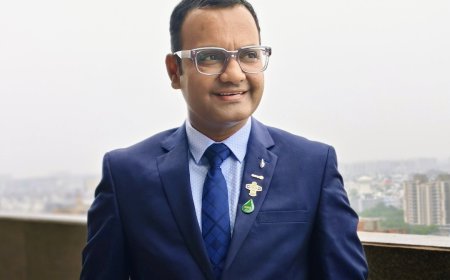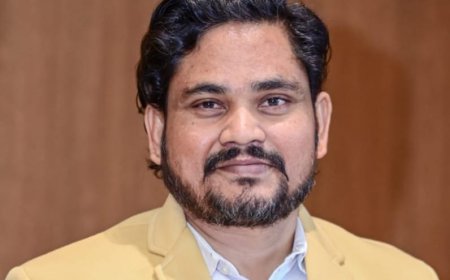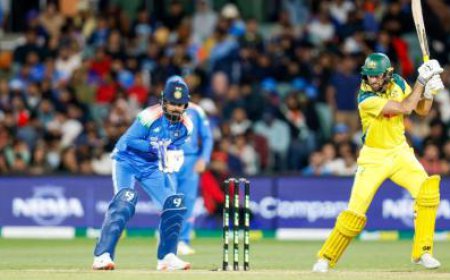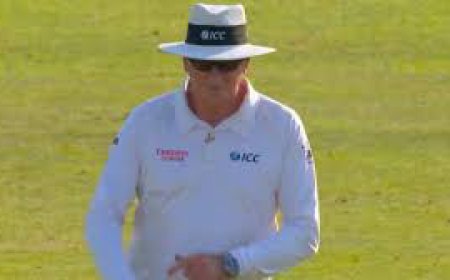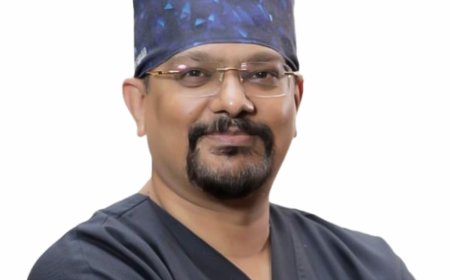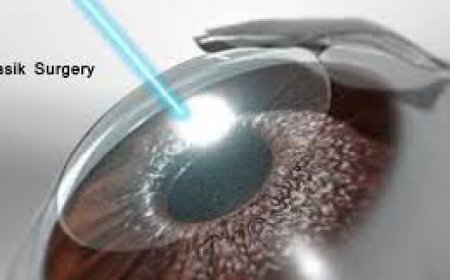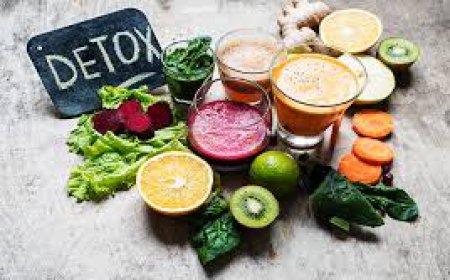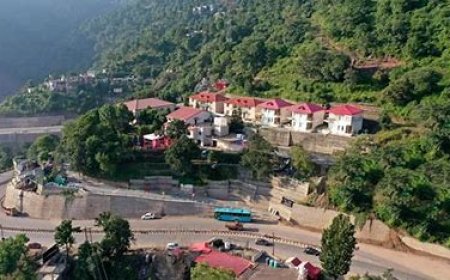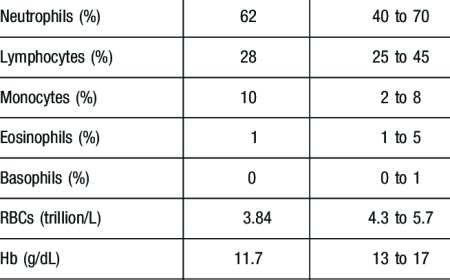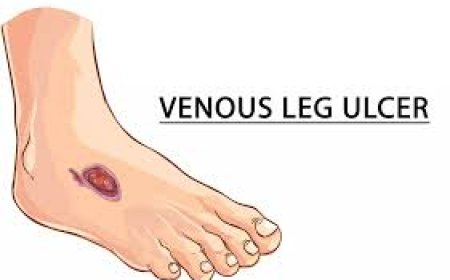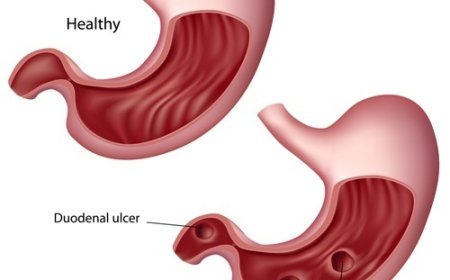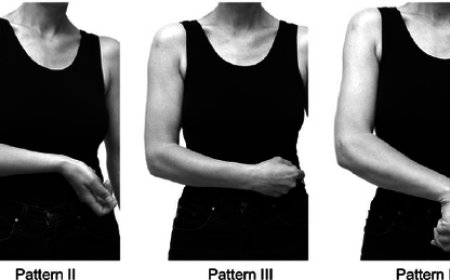Managing Eating Problems After a Stroke

Introduction:
In India, like in any other country, people face various health challenges, and one significant concern for stroke survivors is managing eating problems. A stroke can affect the brain and the body, making it challenging for some individuals to eat and swallow comfortably. Understanding how to manage eating problems after a stroke is crucial to ensure proper nutrition and aid in the recovery journey.
Signs and Symptoms:
Eating problems after a stroke may present with the following signs:
- Difficulty Swallowing: The person may have trouble swallowing food or liquids.
- Coughing or Choking: While eating, they may cough or choke frequently.
- Avoiding Food: They might avoid eating altogether due to fear of choking or discomfort.
- Weight Loss: Difficulty eating can lead to unintended weight loss.
What Is "Managing Eating Problems After a Stroke"?
Managing eating problems after a stroke involves finding ways to make eating safer and more comfortable for the stroke survivor.
How Is "Managing Eating Problems After a Stroke" Classified?
Managing eating problems after a stroke can be classified into two categories:
- Adaptive Techniques: Using strategies to make eating easier and safer.
- Therapies and Treatments: Seeking medical help to address swallowing difficulties.
Causes and Triggers:
A stroke can damage the part of the brain responsible for swallowing, leading to eating problems. Weakness in the facial and throat muscles can also contribute to difficulties in swallowing.
Risk Factors with Examples:
Certain factors can increase the risk of eating problems after a stroke:
- Age: As people get older, the risk of stroke increases.
- Previous Strokes: Those who have had a stroke before may be at a higher risk of recurrence.
- High Blood Pressure: Uncontrolled high blood pressure can increase the risk of stroke.
Types of "Managing Eating Problems After a Stroke" with Detailing:
-
Adaptive Techniques:
- Positioning: Ensuring the person sits upright while eating can help prevent choking.
- Food Texture: Offering soft or pureed foods may be easier to swallow for some stroke survivors.
- Small Bites and Sips: Taking small bites and sips can reduce the risk of choking.
-
Therapies and Treatments:
- Swallowing Therapy: Working with a speech therapist to improve swallowing function.
- Feeding Tubes: In severe cases, a feeding tube may be used temporarily to ensure adequate nutrition.
Diagnostic Tests and Treatments:
To address eating problems after a stroke, a healthcare team may conduct the following:
- Swallowing Evaluation: A speech therapist can assess the person's ability to swallow and recommend appropriate strategies.
- Imaging Tests: CT or MRI scans can help identify the extent of brain damage from the stroke.
Complications of "Managing Eating Problems After a Stroke" and Prevention Techniques:
If eating problems after a stroke are not managed, the person may not receive enough nutrition, leading to malnutrition and other health issues. To prevent complications:
- Swallowing Therapy: Working with a speech therapist can improve swallowing ability.
- Modified Diets: Following recommended diets, such as soft or pureed foods, can aid in safer eating.
Managing eating problems after a stroke in India involves using adaptive techniques and seeking therapies to ensure proper nutrition and a smoother recovery. By providing support and making eating safer, we can assist stroke survivors in nourishing their bodies and embarking on the path to better health. Remember, a helping hand can make a significant difference in someone's journey to wellness!
What's Your Reaction?
 Like
0
Like
0
 Dislike
0
Dislike
0
 Love
0
Love
0
 Funny
0
Funny
0
 Angry
0
Angry
0
 Sad
0
Sad
0
 Wow
0
Wow
0
